
Mark Arcel Letada
Jul 26,2020
Top 10 of the most beautiful places to visit in the Philippines
There are so many reasons to visit the Philippines, from beaches to its food. The Philippines is a gold mine of endless white-sand beaches and beautiful coral reefs. If you come for the history, culture, and delicacies, you won’t be disappointed: the Philippines have gone through 300 years of Spanish occupation, pre-Hispanic trade with the Chinese, Sri-Vijayan escapees from the Malay peninsula, and aboriginal people keeping up with the demands of 21st-century living. So if you are up for an adventure, here are 10 of the best and most beautiful places to visit in the Philippines. El Nido – one of the most famously beautiful places to visit in the Philippines El Nido is located on the edge of Bacuit Bay in northern Palawan. It is also famous for its more than 50 karst limestones rising vertiginously out of cerulean waters teeming with colorful corals and fish. El Nido is an ultimate beach lovers’ paradise without the suffocating forest of beachside hotels (yet) ruining the natural view. Best explored through island-hopping, El Nido islets and islands hide in their bosoms cavernous depths, sumptuous lagoons, uninhabited stretches of powder-fine, beautiful white-sand beaches, and wildlife that can only be found in El Nido. Just a ferry ride to the north and an equally long bus ride to the south brings you emerald lakes of Coron, one of the 7 Wonders of Nature, Puerto Princesa Underground River. 2. Batan Island Batan and the smaller islands of Batanes burst into the scene when travelers crossed seas far north and started bringing stories of unspoiled islands floating without a care in the South China Sea. Although the place is still under development for amenities or accommodations of such –Batan Island – still beckons with its beautiful cliffs abruptly dropping to pounding surf below, rolling hills populated by grazing cows, pre-Hispanic settlements, squat stone houses, Spanish-era churches, and a promise of heaven on earth under the milky blanket of stars when power is out and cold beer is at hand. 3. Lake Pinatubo Created in the aftermath of the 1991 earthquake which led to the eruption of the Pinatubo volcano, the lake is located in the province of Zambales in the north-western. The Philippines has grown to become a destination of choice for weekend warriors escaping the stress of traffic and stifling heat of the capital, Metro Manila. 4. Siquijor According to Filipino folklore, Siquijor is known for its mystic traditions and equally enchanting native, albeit raw, beauty. A small island floating between central and southern Philippines, Siquijor was once the center of Catholic missionaries in the region best exemplified by well-preserved 300-year-old churches and convent, a national treasure and said to be the largest in the country. 5. Sagada Also known as Mountain Province of north-central Philippines, Sagada is rich in Ifugao culture which remains alive and well up to this day. Coffins hanging by the cliff-side and rice terraces are as natural scenery as the verdant karst mountains spread out on your feet. Also, due to its high-altitude location, it opens you up into the world of freezing nights and misty mornings. Perfect for a hot coffee session with your special someone. 6. Boracay Island This dog-bone shaped island is perfect for beach bums and party-goers. Named as the beach capital of the Philippines, Boracay’s main attraction is the 4-kilometer long White Beach whose powder-fine sands and its turquoise-colored waters that ca compete with the Caribbean. As the premiere tropical escape of the country, Boracay has everything you may expect from a major city – international cuisine, five-star hotels, and riotous, booze-induced nightlife. If you’ve had enough of the madness, escape to Puka Beach to the north where solitude, swaying palms, and pounding surf will keep you company. 7. Daraga This rural town of 115,000 people in southeast Luzon (Northern Philippines) offers a beautiful introduction to the greater Bicol Region, with the perfect cone of Mayon – derived from a local word meaning “beautiful” – volcano in the background. Daraga is a highly agricultural town gradually urbanizing to accommodate the influx of visitors. Despite the hustle of downtown Daraga, there’s a very rural life going on in the rice paddies at the foot of the mountains. If you feel a little bit adventurous, you could rent an ATV and ride along the lava trail. 8. Vigan If you want to travel back in time in the colonial past of the Philippines, then Vigan is the place for you. A UNESCO World Heritage Site, Vigan, in the Ilocos Region of north-eastern Philippines, beckons the history and architecture aficionado with narrow, cobblestone streets, Baroque churches, and well-preserved Spanish-era mansions which transport visitors to that era when time flies as fast as the speed of the horse-drawn “kalesa.” Let me give you a quick tour of it by starting in Calle Crisologol, With over 200 homes still preserved from the Spanish Colonial period, Calle Crisologo has become the must-go-to spot in Vigan. Walking along this street throws you back in time when only the rich occupied the area – but now, the cobble-stoned path is lined with vendors selling Vigan’s finest products. Next is Syquia mansion, Also known as the Malacañang of the North, the Syquia Mansion was the former home of late President Elpidio Quirino. It served as a venue for several government meetings but now, it has become a museum that showcases the wealthy living during the Spanish colonial period. 9. Apo Island Today, this small island at the foot of Negros is an eco-tourism spot that continues to subsist on marginal fishing outside of the dollars that come pouring in during summer. This place perfect for a peaceful vacation. They also have a marine reserve, a beautiful view deck, and a lighthouse perfect for a photoshoot. Davao City The transport, commercial, economic and educational hub of southern Philippines, Davao is a beautiful mix of “colorful life, wildlife and city life.” Here, you have a city ruled with an iron fist, which means petty thievery does not exist, clean streets are the norm, and the comforts of civilization – shopping malls, WiFi connection, cafes, universities – are all within reach. It is an expatriate favorite because it is a liveable city within close distance to a wealth of satellite attractions and cultural heritage that the Spanish conquistadores did not manage to subdue. Join the Kadayawan Festival and witness the “lumad” (indigenous peoples) in their traditional thanksgiving celebrations as they seek divine guidance and show their gratitude with a bountiful harvest and native dancing at the foot of Philippine’s highest peak, Mount Apo. Leave the noise of the city and have new experiences in Samal Island. This piece of paradise is often the go-to destination of travelers exploring this part of the country. This island has a mix of attractions that want a diverse itinerary. Hagimit Falls is a beautiful place to relax and unwind. The falls may be too developed for some, but it still has its natural charm. Jump off one of the tiers into the pool, go swimming, or take photos. Climb up Mt. Puting Bato to break a sweat or get beautiful overlooking views. There are several beaches and resorts here where you can get a tan, bum around, or wade in its waters. You can also add Monfort Bat Cave to your itinerary. They have a night immersion wherein you get to see them emerge from inside the caves! It's a great way to commune with these species. However, flash photography is not allowed, as this would disturb them. Samal is easy to reach; from Tagum City, go to Davao City first then make your way to the pier for the ferry to the island. You can also join a guided Davao activity if you want a hassle-free experience exploring the various attractions in Samal Island.
5 Comments
-
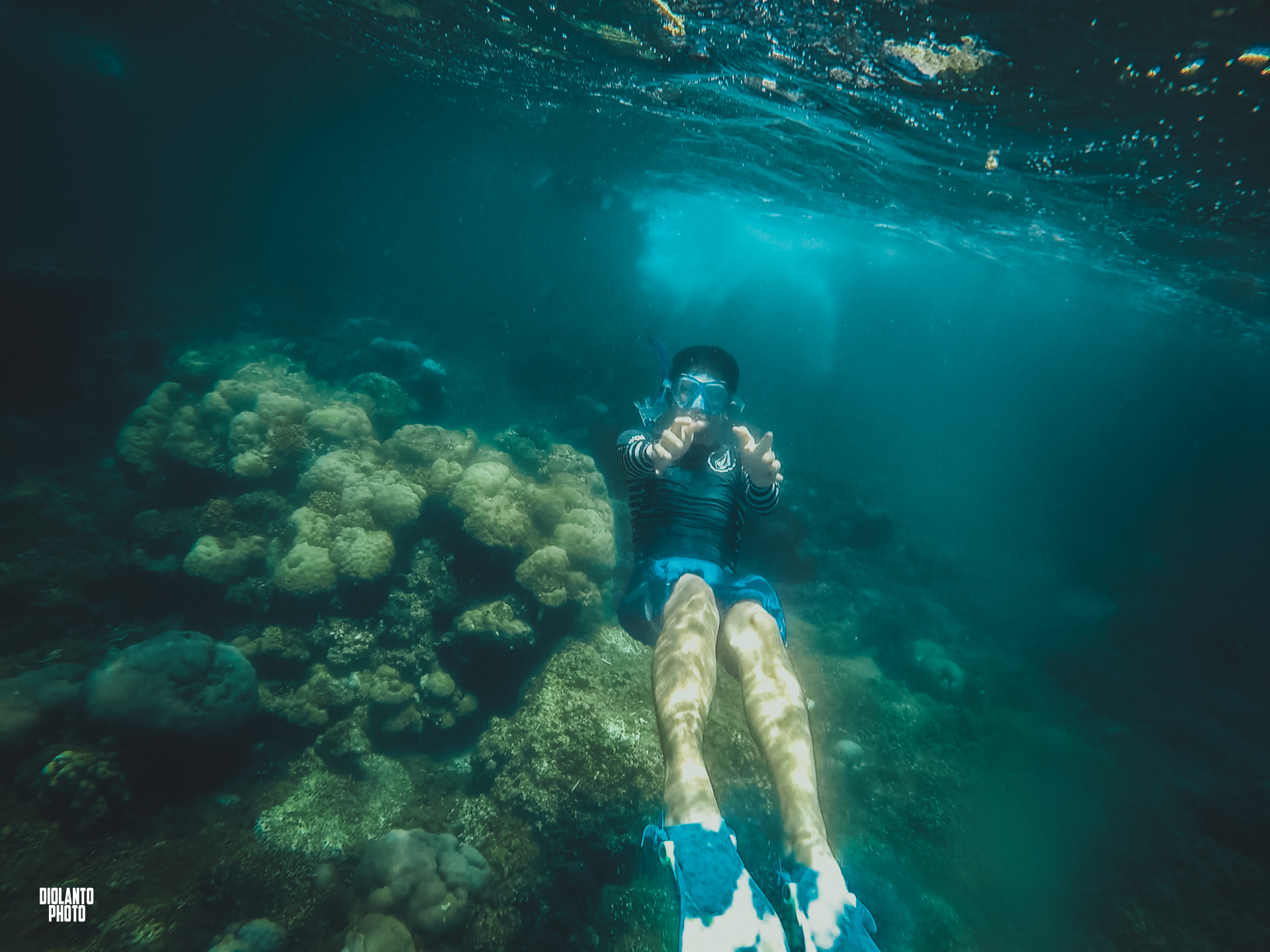 Dhan LaaganSep 07, 2020 16:44thanks for sharing!
Dhan LaaganSep 07, 2020 16:44thanks for sharing! -
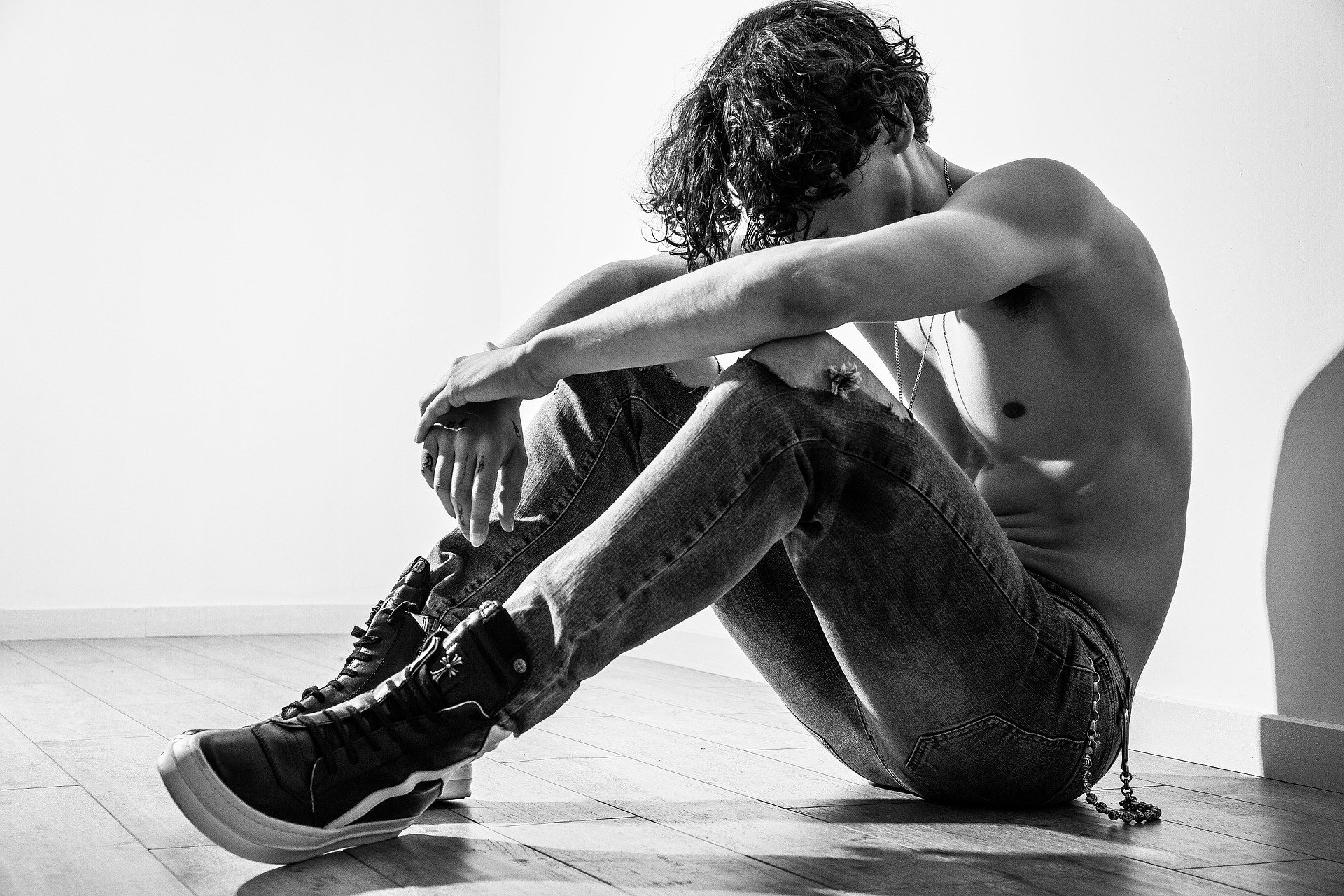 Mr. Everything NewsAug 31, 2020 15:02Keep posting ❤
Mr. Everything NewsAug 31, 2020 15:02Keep posting ❤ -
 Nathalie NicolasAug 11, 2020 10:31thanks for sharing
Nathalie NicolasAug 11, 2020 10:31thanks for sharing
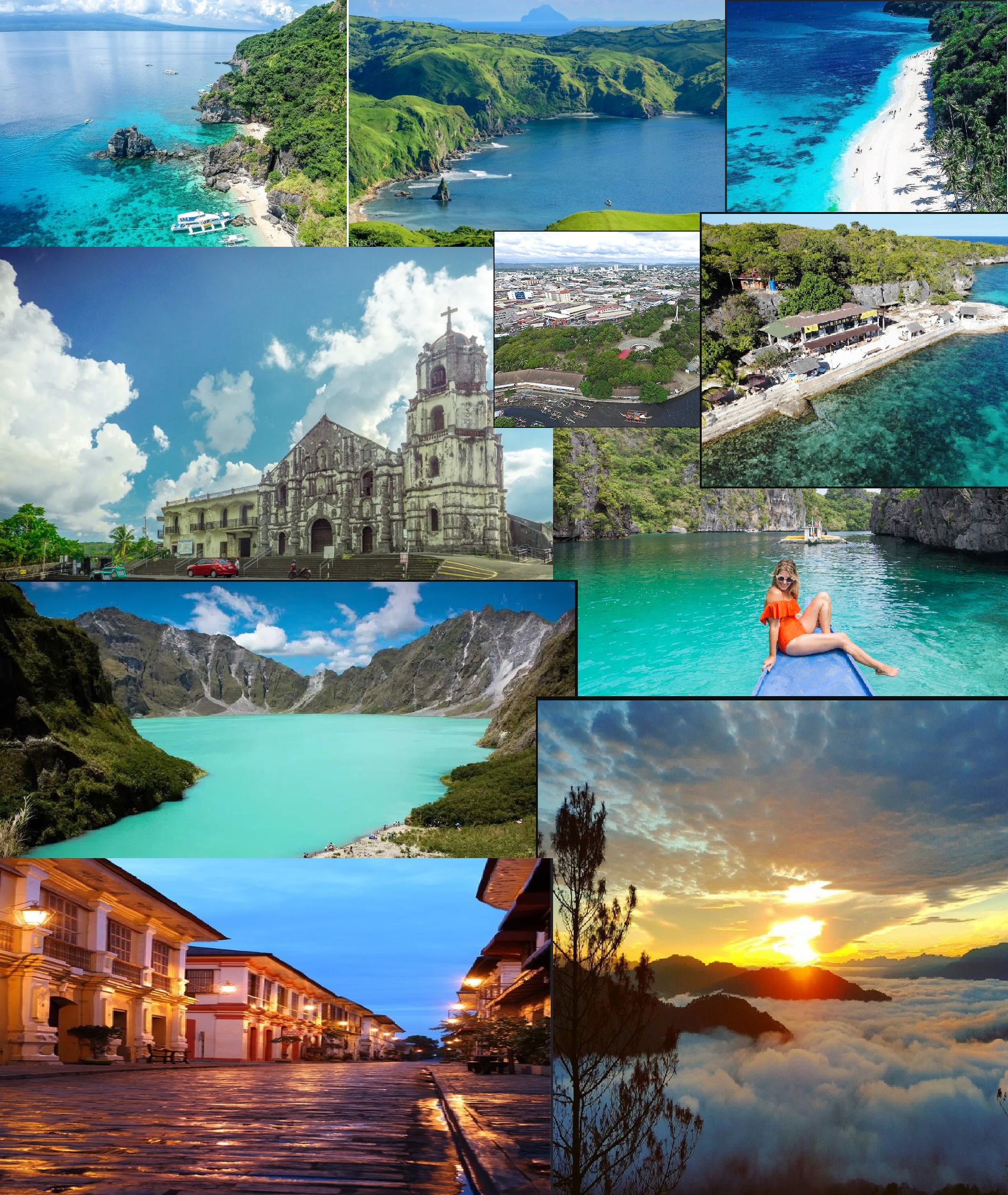












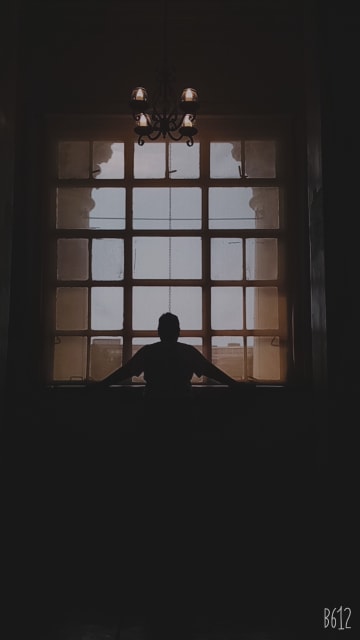
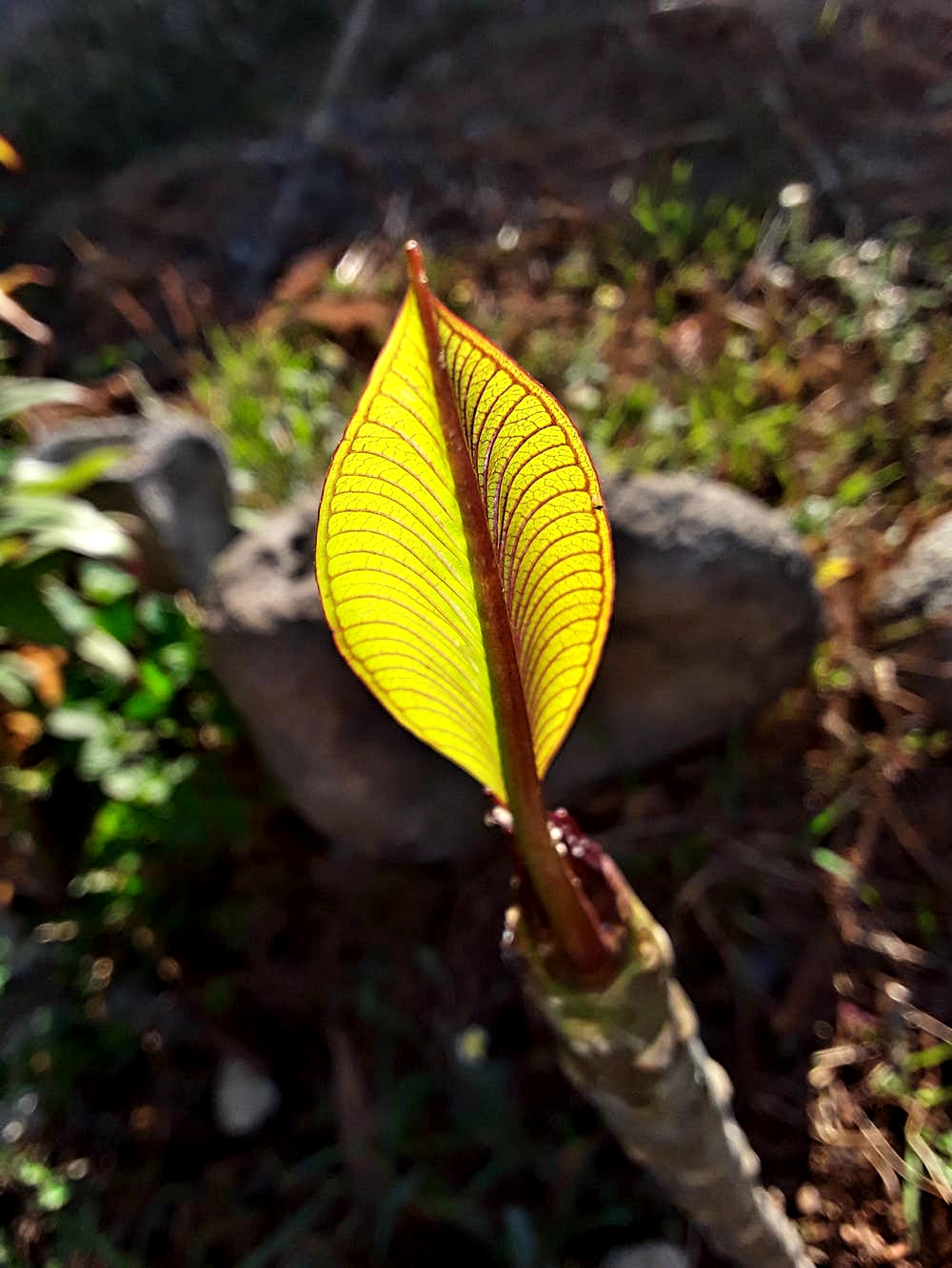






.jpeg)


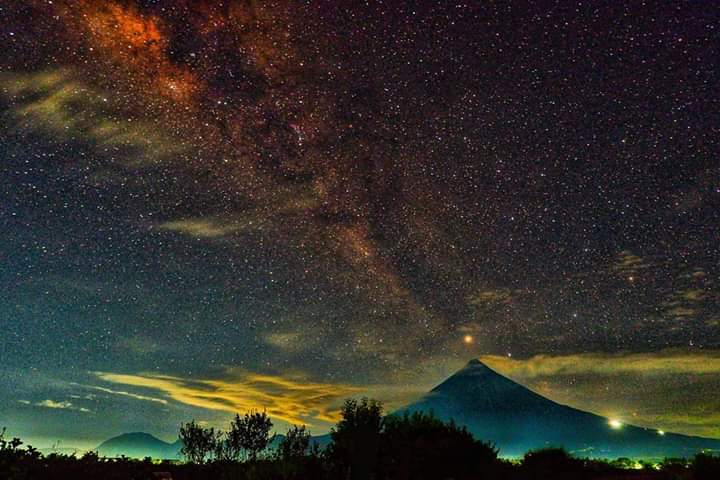
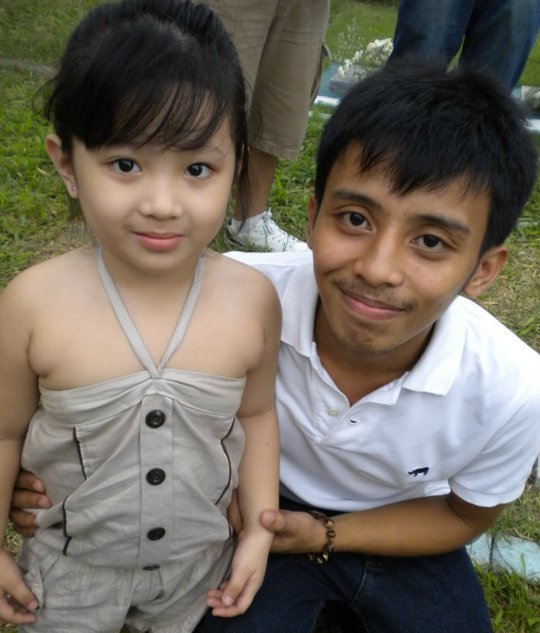




Comments